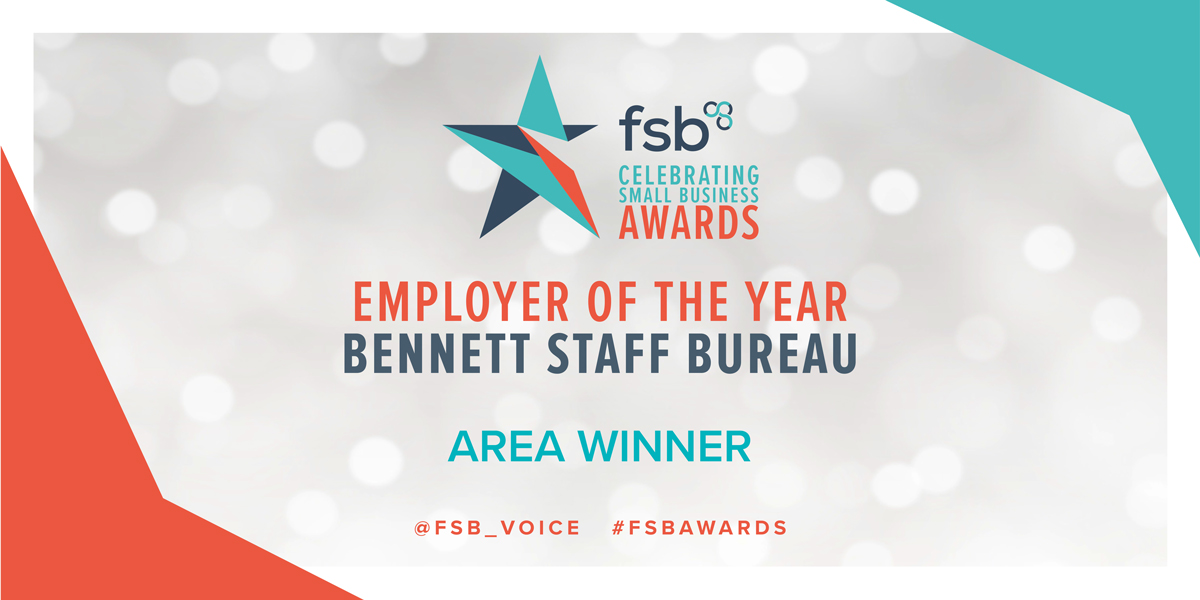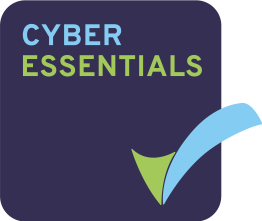COVID 19 AND SELF ISOLATION UPDATE

Advise as of 28th September quite lengthy but this is a must read if you are unsure.
03003032713 – Covid test helpline.
This advice is for people who have been told to stay at home (self-isolate) by NHS Test and Trace or the NHS COVID-19 app.
Information
- when to self-isolate and what to do if you have not been contacted by NHS Test and Trace or the NHS COVID-19 app
- helping the NHS alert your close contacts if you test positive for coronavirus
Stay at home for 14 days
If you’re told to self-isolate by NHS Test and Trace or the NHS COVID-19 app:
- self-isolate for 14 days from the day you were last in contact with the person who tested positive for coronavirus – as it can take up to 14 days for symptoms to appear
- do not leave your home for any reason – if you need food or medicine, order it online or by phone, or ask friends and family to drop it off at your home
- do not have visitors in your home, including friends and family – except for essential care
- try to avoid contact with anyone you live with as much as possible
- people you live with do not need to self-isolate if you do not have symptoms
- people in your support bubble do not need to self-isolate if you do not have symptoms
If you live with someone at higher risk from coronavirus, try to arrange for them to stay with friends or family for 14 days.
If you have to stay in the same home together, read about how to avoid spreading coronavirus to people you live with.
If you get symptoms of coronavirus
If you get any symptoms of coronavirus (a high temperature, a new, continuous cough or a loss or change to your sense of smell or taste) while you’re self-isolating:
- get a test to check if you have coronavirusas soon as possible
- anyone you live with must self-isolate until you’ve been tested and received your result
- anyone in your support bubble must self-isolate until you’ve been tested and received your result
What to do when you get your test result
If you test negative (the test did not find coronavirus):
- keep self-isolating for the rest of the 14 days from when you were last in contact with the person who has coronavirus – as you could get symptoms after being tested
- anyone you live with can stop self-isolating if they do not have symptoms
- anyone in your support bubble can stop self-isolating if they do not have symptoms
If you test positive (you have coronavirus):
- self-isolate for at least 10 days from when your symptoms started – even if it means you’re self-isolating for longer than 14 days
- anyone you live with must self-isolate for 14 days from when your symptoms started
- anyone in your support bubble must self-isolate for 14 days from when your symptoms started
Read more about how long to self-isolate.
If you do not get symptoms of coronavirus
If you do not get any symptoms of coronavirus while self-isolating:
- you can stop self-isolating after 14 days
- you do not need to have a test
How you’ll be contacted
If you’ve been in close contact with someone who has coronavirus and need to self-isolate, you may get:
- an email, text or phone call from NHS Test and Trace – text messages will come from NHStracing and calls will come from 0300 0135 000
- an alert from the NHS COVID-19 app
Children under 18 will be contacted by phone wherever possible and asked for their parent or guardian’s permission to continue the call.
You’ll be asked to sign in to the NHS Test and Trace contact tracing website at https://contact-tracing.phe.gov.uk.
If you cannot use the contact tracing website, they will call you.
Important
NHS Test and Trace will not:
- ask for bank details or payments
- ask for details of any other accounts, such as social media
- ask you to set up a password or PIN number over the phone
- ask you to call a premium rate number, such as those starting 09 or 087
Information:
More about NHS Test and Trace
More in Testing and tracing for coronavirus
- Get a free NHS test to check if you have coronavirus
- Your coronavirus test result
- Help the NHS alert your close contacts if you test positive for coronavirus
- If you’re told to self-isolate by NHS Test and Trace or the NHS COVID-19 app
- Antibody test to check if you’ve had coronavirus
Page last reviewed: 25 September 2020
Next review due: 2 October 2020
What other symptoms are often warning signs of COVID-19?
While a headache is a potential symptom of COVID-19, there are other symptoms that are more common. These include:
Additional symptoms that may occur at a similar frequency, or less often than a headache, include:
- sore throat
- body aches and pains
- runny or stuffy nose
- digestive symptoms, like nausea, vomiting, or diarrhea
- loss of taste or smell

















